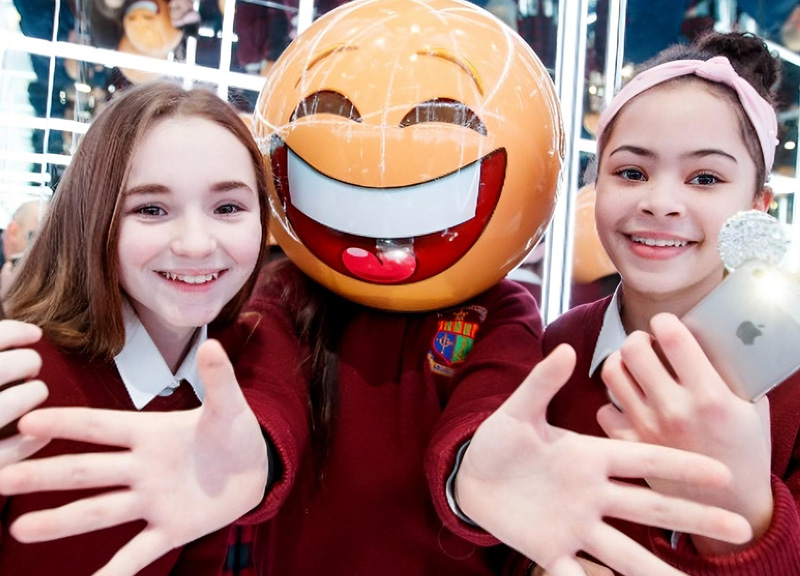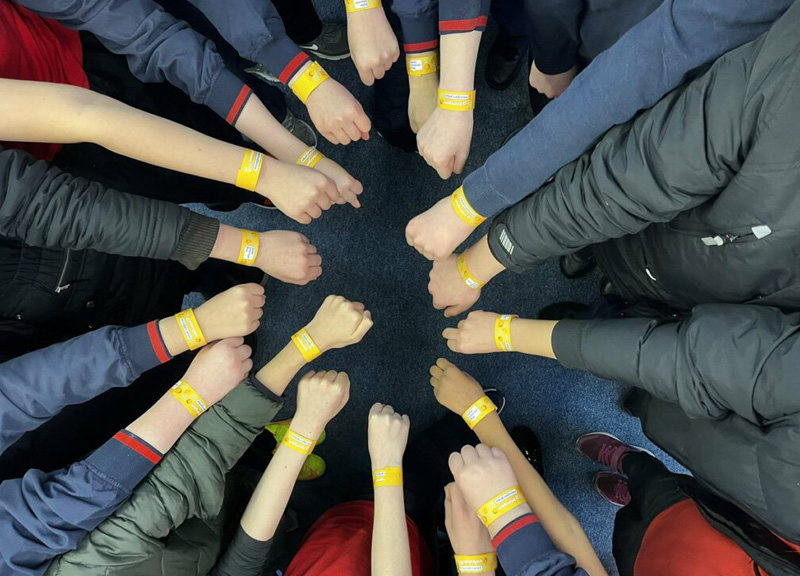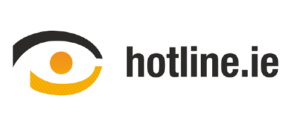Explained: What Are Deepfakes?

What are Deepfakes?
Deepfakes are fake videos created using digital software, machine learning and face swapping. Deepfakes are computer-created artificial videos in which images are combined to create new footage that depicts events, statements or action that never actually happened. The results can be quite convincing. Deep fakes differ from other forms of false information by being very difficult to identify as false.
How does it work?
The basic concept behind the technology is facial recognition, users of Snapchat will be familiar with the face swap or filters functions which apply transformations or augment your facial features. Deep Fakes are similar but much more realistic. Fake videos can be created using a machine learning technique called a “generative adversarial network” or GAN. For example a GAN can look at thousands of photos of Beyonce and produce a new image that approximates those photos without being an exact copy of any one of the photos. GAN can be used to generate new audio from existing audio, or new text from existing text – it is a multi-use technology. The technology used to create Deep Fakes is programmed to map faces according to “landmark” points. These are features like the corners of your eyes and mouth, your nostrils, and the contour of your jawline.
When seeing is no longer believing
While the technology used to create deep fakes is relatively new technology, it is advancing quickly and it is becoming more and more difficult to check if a video is real or not. Developments in these kinds of technologies have obvious social, moral and political implications. There are already issues around news sources and credibility of stories online, deep fakes have the potential to exacerbate the problem of false information online or disrupt and undermine the credibility of and trust in news, and information in general.
The real potential danger of false information and deepfake technology is creating mistrust or apathy in people about what we see or hear online. If everything could be fake does that mean that nothing is real anymore? For as long as we have had photographs and video and audio footage they have helped learn about our past and shaped our how we see and know things. Some people already question the facts around events that unquestionably happened, like the Holocaust, the moon landing and 9/11, despite video proof. If deepfakes make people believe they can’t trust video, the problems of false information and conspiracy theories could get worse.
Social Media Analyst Carl Miller and Nina Schick discuss the rise of Deepfakes, and what she believes is an impending ‘infocalypse’.
The Ted Talk fake videos of real people, and how to spot them, is also a good overview of deepfake technology.
False news can lead to false memories
One of the most common concerns and potential dangers of deep fakes and false information in general is the impact it can have on democratic processes and elections.
A recent survey from UCC confirmed that people recall fake news more than real news. The results of the survey indicated that voters may form false memories after seeing fabricated news stories, especially if those stories align with their political beliefs, according to a new study. The researchers suggest the findings indicate how voters may be influenced in upcoming political contests, like the 2020 US presidential race.
Author of the report Dr. Gillian Murphy added; “This demonstrates the ease with which we can plant these entirely fabricated memories, despite this voter suspicion and even despite an explicit warning that they may have been shown fake news,”.
Read more about it here.
How to spot deepfakes
Like all types of information we encounter online the most important thing we can do when deciding if videos or images online are authentic and real is to use critical thinking.
We need to use critical thinking, and ask ourselves key questions such as:
- Who and why is someone sharing this video?
- Who or what is the original source?
- When and where was the video taken?
- Is the person in the video saying something you’d never expect them to say?
- Does the video advance someone else’s agenda? Who benefits from this video?
Verifying information online
With so much access to information, advances in technology and the speed at which news and information spread online, it is becoming increasingly difficult to verify information online. Critical thinking skills are necessary when it comes to verifying online content.
Whether you are looking at a video, photo meme or article, here are some helpful considerations from First Draft to verify information online:
Provenance: Are you looking at the original account, article or piece of content?
Source: Who created the account or article, or captured the original piece of content?
Date: When was it created?
Location: Where was the account established, website created or piece of content captured?
Motivation: Why was the account established, website created or the piece of content captured?
Useful Links:
First Draft’s Essential Guide To Verifying Online Information





